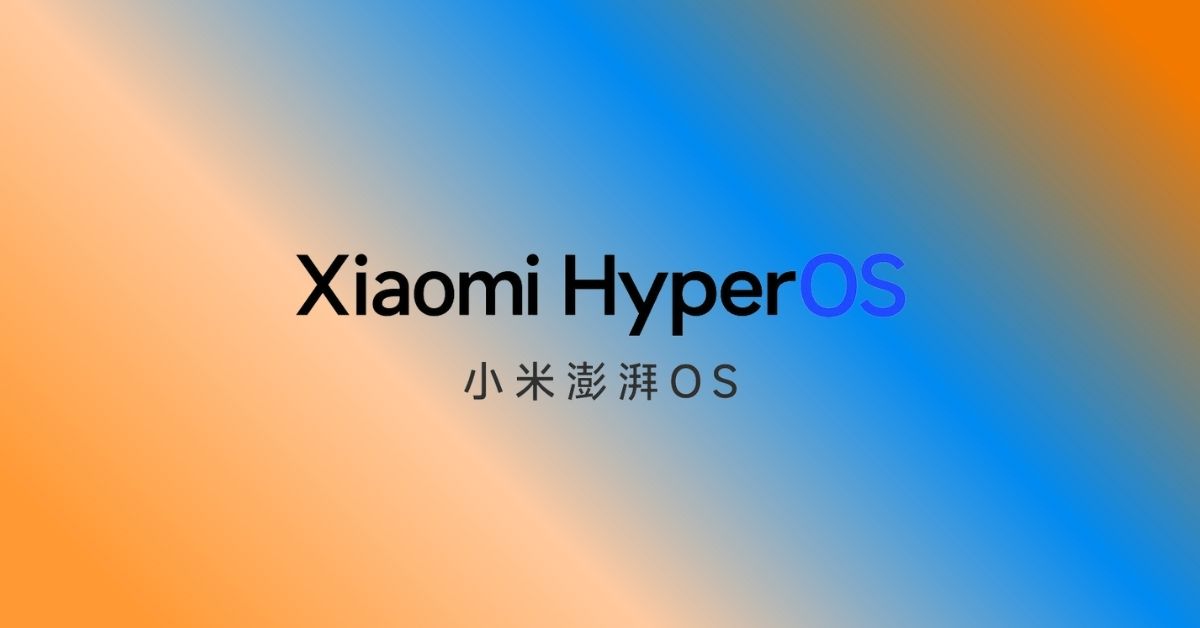Xiaomi‘s CEO, Lei Jun, excitedly introduced the world to HyperOS, a groundbreaking operating system set to redefine the future of technology. In an announcement on social media, Lei Jun unveiled the new OS, outlining its potential to bring people into the center of an interconnected ecosystem where they can seamlessly connect with one another, their vehicles, and smart homes. The reveal marked a significant milestone for Xiaomi, as HyperOS is poised to be the natural evolution of MIUI, the company’s long-standing operating system.
Xiaomi’s journey to HyperOS began over a decade ago, on 16 August 2010, when the company introduced its first MIUI product. With only “four common functions” at its inception, MIUI quickly evolved into a cross-device service catering to both smartphones and home appliances. Over the years, Xiaomi’s user base has grown exponentially, reaching more than 1 billion users worldwide. This remarkable transformation has been driven by a dedicated team of software engineers, which now boasts nearly 5,000 members.
The roots of HyperOS trace back to 2014 when Xiaomi foresaw the emergence of the Internet of Things (IoT). The company began taking concrete steps in 2017 to create a new ecosystem of devices and applications. With the aim of connecting “tens of billions of devices” in the future, the first step towards this vision will be the upcoming Xiaomi 14 series.
HyperOS, while still grounded in the Android Open Source Project, has taken a significant leap forward by merging with Vela, Xiaomi’s IoT platform. Lei Jun described HyperOS as “based on the integration of the deeply evolved Android and the self-developed Vela system,” highlighting its architectural rewrite, setting the stage for a vast Internet of Everything that spans tens of billions of devices and connections.
Xiaomi’s HyperOS is set to make its official debut on the highly anticipated Xiaomi 14 series. While the initial launch will be in China later this year, a global release is planned for the early weeks of 2024. This rollout strategy emphasizes Xiaomi’s global reach and commitment to offering innovative technology solutions to users worldwide.
Despite the buzz surrounding HyperOS, Xiaomi has managed to keep the specifics of the new operating system tightly under wraps. The company has yet to reveal the software’s user interface or its new features. However, the tech community eagerly anticipates the imminent unveiling of the Xiaomi 14 series, which is expected to provide more insights into the capabilities and functionalities of HyperOS.
Xiaomi’s move towards HyperOS is a testament to the company’s dedication to innovation and connectivity. As we await the official launch of the Xiaomi 14 series, it’s clear that HyperOS is poised to redefine the way we interact with technology, establishing Xiaomi as a key player in the future of interconnected devices and applications.
Are you excited about Xiaomi HyperOS?


